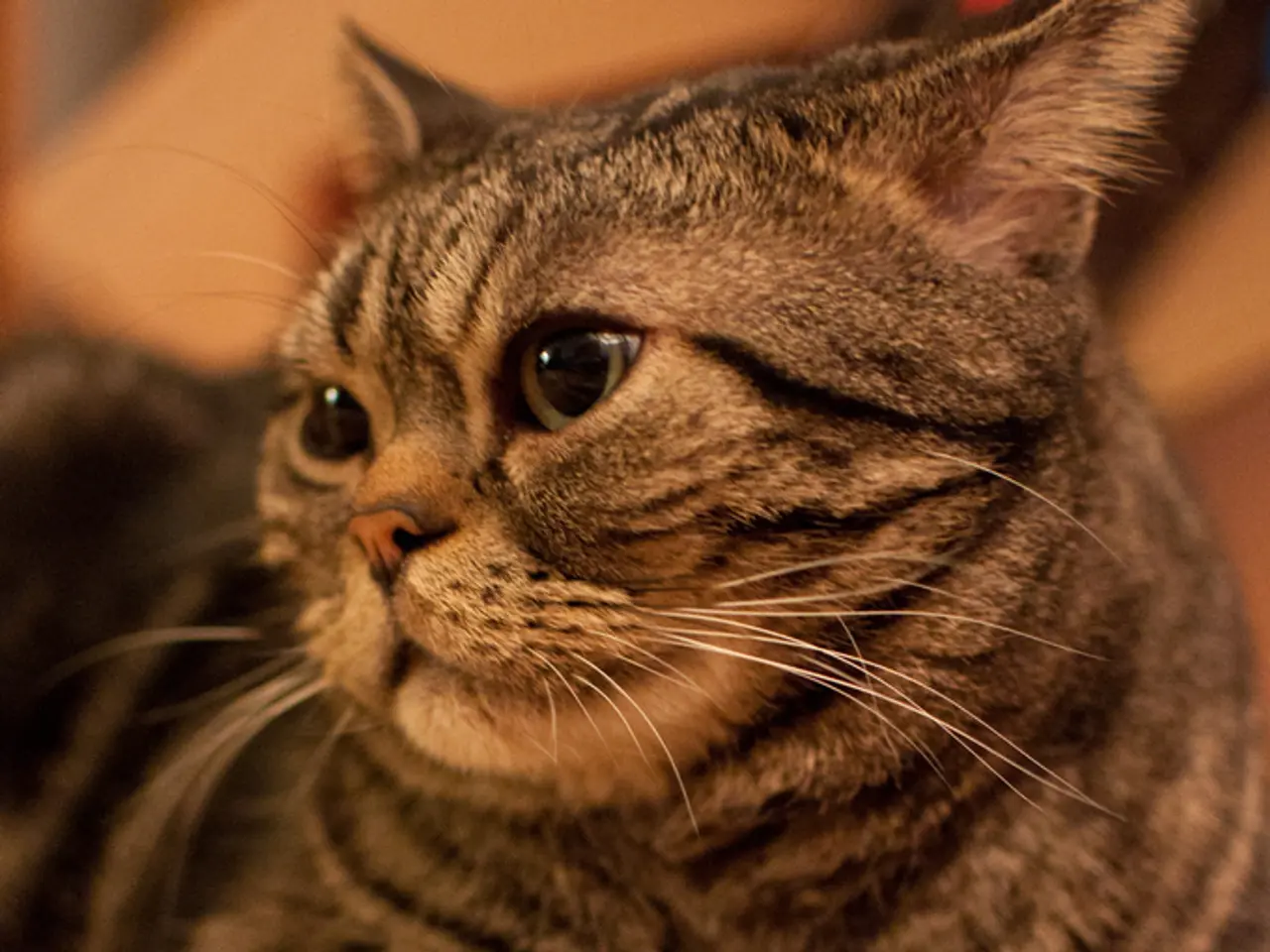History and Unique Characteristics of the LaPerm Feline Breed
The LaPerm cat breed, known for its distinctive curly coat and American origin, first appeared in 1982 on a farm in Oregon. Unlike other rex breeds, the LaPerm gene is dominant, leading to a variety of coat types ranging from loose waves to tight ringlets in both short- and long-haired varieties.
Unique Characteristics -----------------------
One of the most striking features of the LaPerm is its curly or wavy fur, which has a silky texture. Both short-haired and long-haired LaPerms exist, and the gene is dominant, meaning straight-coated offspring can still appear. Physically, LaPerms have a long, slender body with an Oriental look, while personality-wise, they are inquisitive, intelligent, active, and very social, often forming strong attachments to their owners.
The curls of a LaPerm's coat effectively trap loose hair, making them one of the cat breeds that shed very little.
History -------
The LaPerm originated as a natural mutation in a free-breeding rural cat population in Oregon. The first known LaPerm kitten was bred with local tomcats, establishing the breed’s gene as dominant. This natural mutation and breed development occurred independently from other curly-coated rex breeds like the Selkirk Rex (originated 1987 in Montana) and the Devon and Cornish Rexes (with distinct genetic origins).
Care Requirements -----------------
Due to their curly coat, LaPerms require regular grooming to keep their fur free of mats; however, they tend to shed less because curls trap loose hair. They are active cats that enjoy exploration, climbing, and play, so they need engaging environments with cat trees or toys to satisfy their curiosity and activity levels. Their affectionate and social nature means they thrive with lots of human interaction and companionship.
The LaPerm is a medium-sized cat with medium boning and surprising weight for its size. The breed gained traction through dedicated breeders and was eventually recognized by the International Cat Association and the Cat Fanciers Association. The breed began with a female barn cat that gave birth to a bald kitten, which later developed a curly coat.
LaPerms come in nearly every coat color and pattern, including tabby patterns and seal point. Some LaPerm kittens grow straight hair initially and develop curls later, while others may be born bald or with straight hair that later curls. Their ear tips may be slightly flared with noticeable ear furnishings, and they often have almond-shaped eyes, long curled whiskers, and rounded whisker pads.
In summary, the LaPerm is a striking curly-coated breed with a friendly and active disposition, originating from a natural mutation in rural American cats in the early 1980s. The breed requires moderate grooming, benefits from stimulation, and is popular for its affectionate personality and minimal shedding. Regular vet visits and a balanced diet help keep these curly-haired cats in great shape.
- Technology can help pet owners manage their LaPerm cat's grooming needs more effectively, with tools designed to detangle curly fur and maintain a healthy lifestyle for both the pet and its human companions.
- The history of LaPerm cats, distinctive for their curly coats, provides an interesting link between home-and-garden settings and the development of this unique breed, as they were initially found in a rural farm in Oregon.
- A balanced diet plays a key role in maintaining the health of LaPerm cats, as these sociable pets who are known for their curiosity and activity levels need proper nutrition to support their lifestyle.






